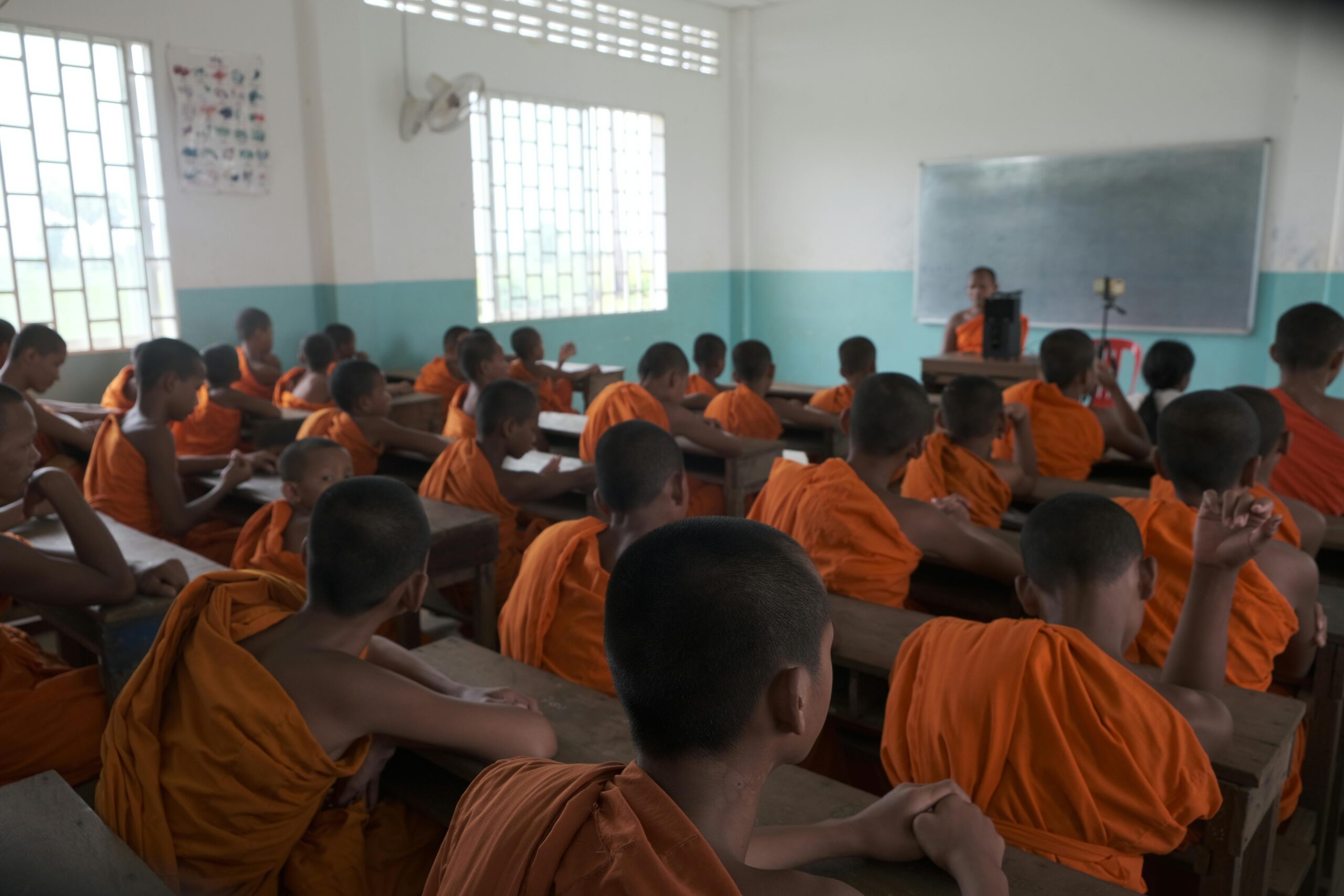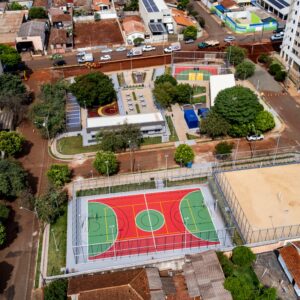New Delhi, India – 2025
As India and its neighboring SAARC nations embrace the changes brought about by the National Education Policy (NEP) 2020, one question lingers in the minds of educators, parents, and policymakers: Are playgrounds still important in schools? The NEP, which emphasizes the overall development of students through academic reforms, has sparked debates about the balance between physical infrastructure and the push for academic excellence.
The NEP advocates for a modernized education system focused on holistic learning, critical thinking, and vocational skills, but it places less emphasis on the traditional role of physical education and outdoor spaces within schools. In this context, playgrounds – long regarded as essential spaces for physical activity, social interaction, and character-building – are facing scrutiny regarding their relevance in today’s learning environment.
The Shifting Focus of NEP
The NEP’s vision is clear: to overhaul the education system in India and the SAARC region, aiming for quality education that prepares students for the challenges of the future. This includes implementing a rigorous curriculum, enhancing digital literacy, promoting a multidisciplinary approach, and encouraging the development of life skills. The policy encourages the integration of technology into classrooms and proposes major changes in the assessment methods and teaching techniques.
While the emphasis on academic learning, STEM education, and soft skills is welcomed, many believe that the diminishing focus on physical education could be detrimental to the all-around development of children. Experts argue that the integration of sports, outdoor activities, and social experiences in schools plays a crucial role in nurturing well-rounded individuals.
Playgrounds: A Catalyst for Holistic Development
For decades, playgrounds have been recognized as key spaces where children engage in physical exercise, teamwork, leadership, and emotional growth. These outdoor environments allow students to unwind, develop physical strength, and build mental resilience. In countries across the SAARC region, including India, Sri Lanka, Bangladesh, and Nepal, playgrounds have been central to the educational experience, fostering a sense of community and well-being.
According to health experts, regular physical activity is essential for students’ physical and mental health. It is linked to improved concentration, reduced stress, and better cognitive development – all crucial factors for academic success. Studies also suggest that children who are physically active tend to perform better academically, as physical activities enhance brain function and memory.
Moreover, playgrounds provide a social space where students learn important life skills such as communication, cooperation, and conflict resolution, which are integral to personal and professional growth in later life. These benefits are particularly important in the context of an education system that, under NEP, strives to equip students not only with academic knowledge but also with life skills that help them succeed in the real world.
Challenges in the NEP Era
In many schools, especially in rural and underfunded areas, playgrounds are a luxury. With the shift in focus towards digital learning and infrastructural reforms, educational institutions are grappling with the challenge of balancing academic growth with the need for physical education. The allocation of resources in many regions has led to a scenario where school playgrounds are often underutilized or neglected, raising concerns about the long-term impact on students’ well-being.
As the NEP aims to build a robust educational ecosystem, experts call for a rethinking of how playgrounds are integrated into the school environment. While digital learning tools and modern classrooms are crucial, the importance of physical spaces cannot be ignored. Schools must find a way to strike a balance between enhancing academic infrastructure and maintaining outdoor spaces that nurture students’ physical, emotional, and social growth.
What Needs to Change?
Across India and the SAARC region, there is a growing call for educational reforms that not only prioritize academic outcomes but also recognize the importance of physical health and well-being. Playgrounds must be seen not as an optional feature, but as an integral part of the educational experience.
While NEP’s focus on educational reforms is undeniably important, it must be complemented by investments in physical education and outdoor infrastructure. Policymakers are urged to explore ways to merge the new-age academic goals with the traditional values of physical fitness and social learning, ensuring that students are equipped with both the intellectual and physical tools to succeed in an increasingly complex world.
The Way Forward
In the coming years, it will be essential for India and other SAARC nations to create an educational ecosystem where playgrounds are not sidelined in favor of academic growth, but rather seen as an essential part of a child’s overall development. Educational authorities, in collaboration with governments and communities, need to come together to create a balanced environment where both physical and mental growth can coexist.
As NEP continues to shape the future of education, it is crucial that the policy adapts to meet the diverse needs of students, ensuring that the playground remains a space for more than just play – but a platform for nurturing the leaders, innovators, and citizens of tomorrow.













